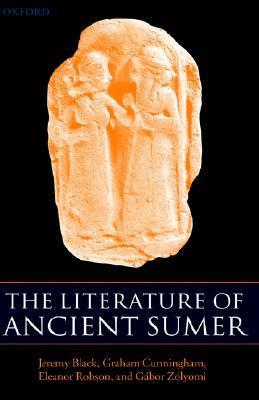What do you think?
Rate this book


320 pages, Hardcover
First published January 1, 2004
1-9. The gakkul vat, the gakkul vat! The gakkul vat, the lamsare vat! The gakkul vat, which puts us in a happy mood! The lamsare vat, which makes the heart rejoice! The ugurbal jar, glory of the house! The šaggub jar, filled with beer! The amam jar, which carries the beer from the lamsare vat! The troughs made with bur grass and the pails for kneading the dough! All the beautiful vessels are ready on their pot stands!
10-20. May the heart of your god be well disposed towards you! Let the eye of the gakkul vat be our eye, and let the heart of the gakkul vat be our heart! What makes your heart feel wonderful in itself also makes our hearts feel wonderful in themselves! We are in a happy mood, our hearts are joyful! You have poured a libation over the fated brick, and you have laid the foundations in peace and prosperity -- now may Ninkasi dwell with you! She should pour beer and wine for you! Let the pouring of the sweet liquor resound pleasantly for you!
21-31. In the troughs made with bur grass, there is sweet beer. I will have the cupbearers, the boys and the brewers stand by. As I spin around the lake of beer, while feeling wonderful, feeling wonderful, while drinking beer, in a blissful mood, while drinking alcohol and feeling exhilarated, with joy in the heart and a contented liver -- my heart is a heart filled with joy! I clothe my contented liver in a garment fit for a queen! The heart of Inana is happy once again; the heart of Inana is happy once again!
32. A …… to Ninkasi.